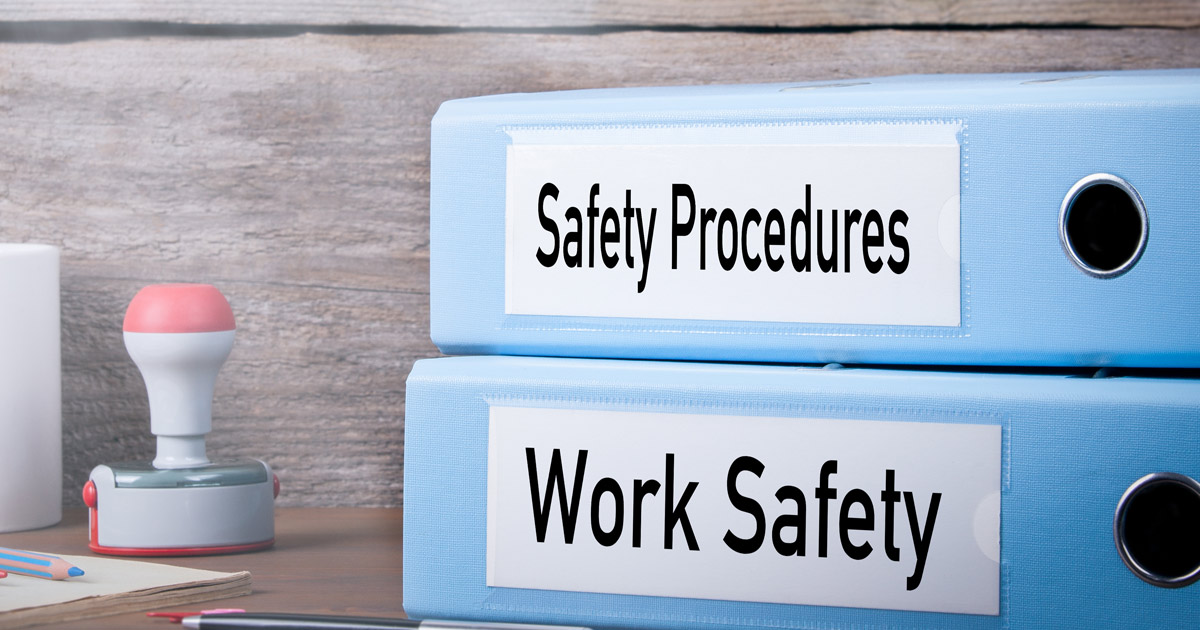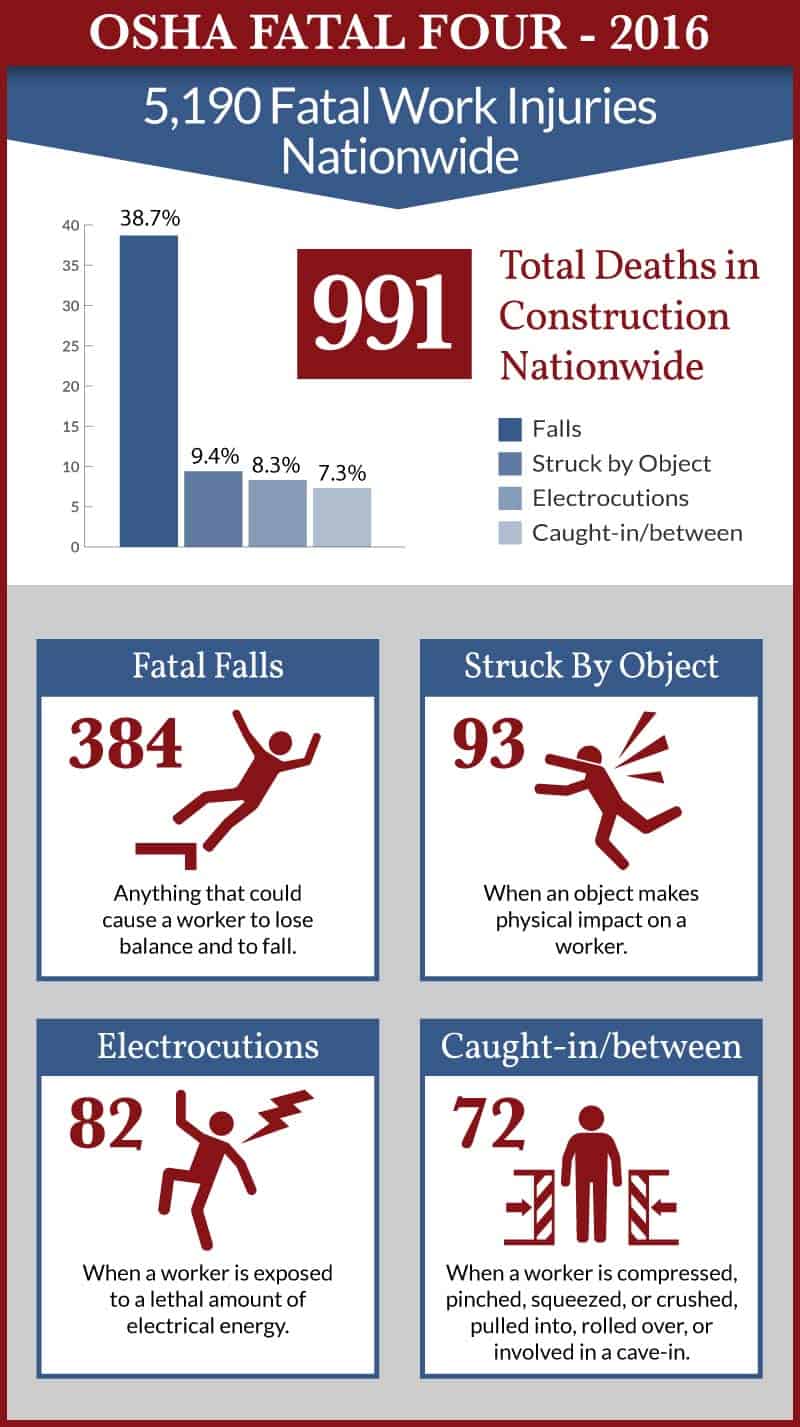Are There COVID-19 Protocols in the Construction Industry?

Over the past year, every industry has had to change the way it operates to protect its workers and the public. COVID-19 has changed the construction protocols, guidelines for the construction industry vary widely by state. In some places, construction was designated an essential service and work projects continued, while in others, construction work was completely shut down. In Pennsylvania, there was a stop on all construction activities, with an exception for those supporting life-sustaining businesses.
The construction industry is now allowed to resume work under strict safety guidelines that are ordered by the Secretary of Health for the Commonwealth of Pennsylvania. All businesses and employees in the construction industry, including those in new construction, renovation, repair, land subdivision, and design-related field activities, are affected by the order.
Local governments may have their own requirements and protocols for dealing with the Coronavirus (COVID-19) pandemic that may be more restrictive than state guidelines. Businesses and their employees must also adhere to the requirements set out by the local government. The Occupational Safety and Health Administration (OSHA) has also issued COVID-19 guidelines for the construction workforce to help reduce the spread of the virus.
COVID-19 Safety Protocols for the Construction Workforce
The very nature of construction work requires employees to be onsite working together, sometimes at very close range. It is not a job that can be done remotely. It is very important to follow the protocols and procedures established by the state and local government to protect workers from the spread of COVID-19. Construction companies must adhere to the following:
- Every worker on a construction site must wear a mask or face covering, even when they are outside.
- Employers must have protocols for exposure when a person is confirmed to have COVID-19.
- Require a minimum of six feet between workers, unless doing so endangers the public or the workers completing a task.
- Prohibit sick employees or employers with any COVID-19 symptoms from coming to work. Workers arriving at the job site should be screened using the Centers for Disease Control and Prevention (CDC) guidelines.
- Hold as many meetings or information sessions virtually instead of in person, whenever it is possible.
- Limit the number of unnecessary visitors to any project or work site, including supplier deliveries. Access to any onsite enclosed spaces should also be limited.
- Prohibit vehicle sharing wherever possible. Workers should travel to and from work separately. When conditions permit, workers may use the same vehicle at 50 percent capacity if all occupants are wearing face masks.
- Stagger shifts and breaks to minimize the number of workers on site in work or break areas. This also prevents large groups entering or leaving the premises at the same time.
- Arrange break areas so that employees have space to maintain a physical distance of six feet with all seating facing forward and not across from each other.
- Identify and regularly sanitize areas at high risk for transmission, such as common areas, high touch areas, shared tools, and bathrooms. The Environmental Protection Agency (EPA) has a list of approved cleaning chemicals that target COVID-19.
- Provide hand wash stations located at building entrances, break areas, offices, trailers, and food truck areas. When soap and water are not available, there should be hand sanitizer that is at least 60 percent alcohol. Hand sanitizer and soap should be regularly replenished.
- Use the maximum occupancy calculator to determine how many people can safely gather in indoor and outdoor events.
Training and education are instrumental in helping prevent the spread of COVID-19. Workers should be encouraged to wash hands frequently, cover their coughs and sneezes, wear properly fitting masks, and report any health and safety concerns.
Additionally, guidelines suggest appointing a Pandemic Safety Officer on every construction site who will communicate, implement, and enforce health and safety protocols regarding COVID-19. Large commercial construction firms should design a site-specific written safety plan for each of their construction projects or work sites. The plan should be shared with all employees.
What Should I Do if I am Injured at Work?
Construction is a dangerous industry, and construction sites are rife with safety hazards. Before the COVID-19 pandemic, the construction industry was consistently listed in the top 10 most dangerous occupations for workers by the Bureau of Labor Statistics (BLS). One in five worker fatalities happen on construction sites. Falls, electrocutions, caught in-between accidents, and struck by-object accidents are the top causes of fatalities on construction sites. Every employer has the responsibility to maintain a safe workplace, including precautions against COVID-19. The 10 most frequently cited OSHA safety violations on construction sites include the following:
- Inadequate hazard communication standards
- Inadequate fall protection
- Unsafe scaffolding
- Inadequate respiratory protection
- Failure to control hazardous energy or lockout/tagout violations
- Unsafe ladders
- Powered industrial truck safety violations
- Inadequate fall protection training
- Unsafe machinery and inadequate machine guarding
- Inadequate eye and face protection
Most injured employees are eligible for Workers’ Compensation benefits, which cover the costs of medical treatment, doctor visits, medications, temporary wage losses, and permanent disabilities. Death benefits are available to families of workers who suffered from fatal injuries.
Anyone injured in a work accident should report their injuries to a manager or foreman as soon as they occur. In Pennsylvania, the law allows 120 days to report a work injury, but it is best to do so immediately to avoid jeopardizing a claim for benefits. Always see a medical professional for treatment of a work injury to establish an official report of the incident and resulting injury. It is up to the employer to inform their insurance company, which will then decide to approve or deny Workers’ Compensation benefits.
What Should I After a Denied Claim?
After a denied claim, it is best to consult with an experienced lawyer who knows the Workers’ Compensation system. Working with a knowledgeable lawyer means they will correspond with the insurance company, handle all the paperwork and documents, and file petitions within the required deadlines so that one can concentrate on their recovery. A good lawyer knows how much and what kind of benefits their client is entitled to and if a proposed settlement amount is fair.
Bucks County Workers’ Compensation Lawyers at Freedman & Lorry, P.C. Advocate for Injured Workers
If you have questions about Workers’ Compensation benefits for your work-related illness or injury, or your claim has been denied, talk to a knowledgeable Bucks County Workers’ Compensation lawyer at Freedman & Lorry, P.C. We can help you obtain the maximum allowable compensation for your case and will handle all your legal needs so that you can concentrate on your recovery. Call us today at 888-999-1962 or complete our online form for a free consultation. Located in Philadelphia, and Cherry Hill, New Jersey, we serve clients throughout Pennsylvania.
